- 02 9712 1736
- [email protected]
- 212 Great North Road, Five Dock, NSW 2046
- Open 7 days a week
In the realm of spinal health, the term “traction spine” has emerged as a beacon of hope for those grappling with chronic low back pain and related issues. Traction spine therapy, encompassing various techniques such as lumbar traction therapy, spinal decompression, and autotraction, has gained significant attention for its potential to alleviate discomfort associated with conditions like degenerative disc disease, herniated discs, and lumbar pain.
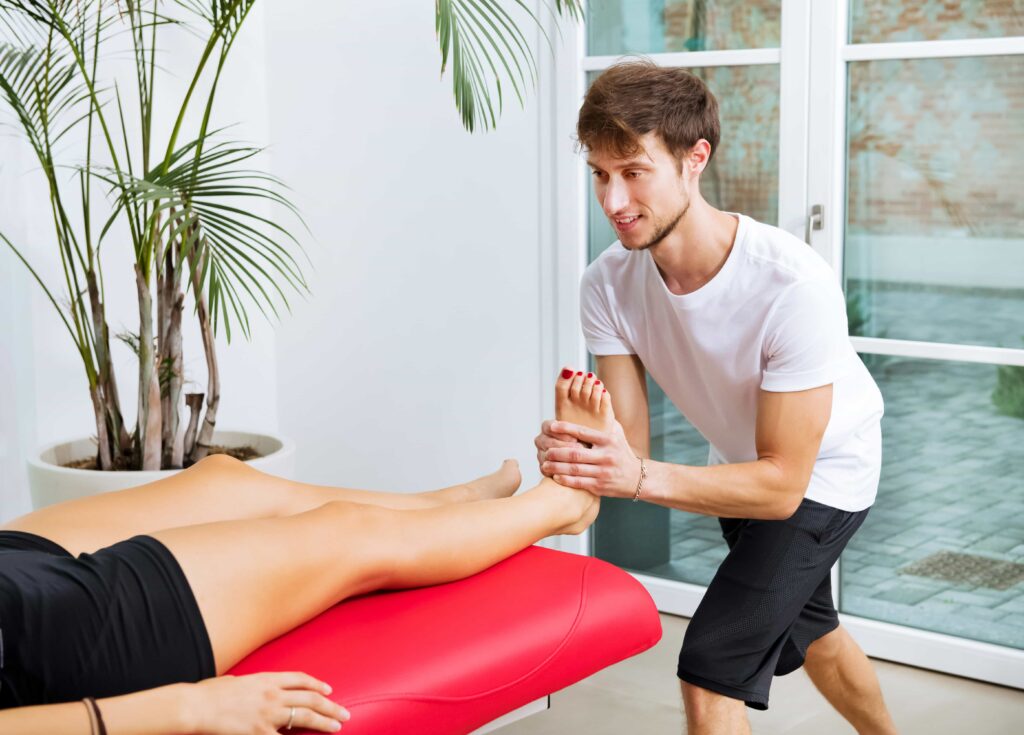
Traction Spine refers to therapeutic techniques designed to address spinal issues by applying force to stretch and decompress the spine. This umbrella term includes various methods like lumbar traction, intermittent traction, and sustained traction. The primary goal is to relieve pressure on the vertebral discs, promoting healing and pain relief. Particularly in cases of lumbar disc herniation.
Spinal Traction is a specific form of traction therapy targeting the spine. This involves the use of a traction device to gently stretch the spine, creating space between vertebrae. This process, also known as vertebral axial decompression or decompression therapy, aims to reduce pressure on the spinal discs, providing relief for individuals suffering from chronic low back pain and herniated discs.
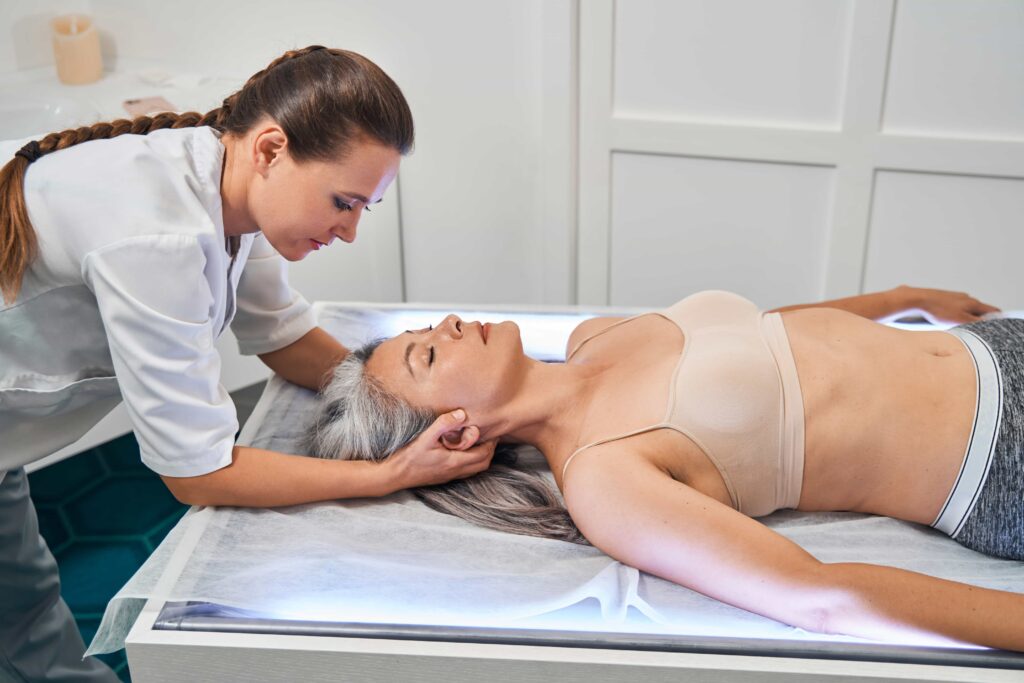

Lumbar Traction is a subset of spinal traction that specifically targets the lower back or lumbar spine. This technique utilizes a traction device in lumbar traction therapy to stretch and elongate the lumbar spine, alleviating pressure on discs and nerves. Lumbar traction is often recommended for individuals dealing with issues such as degenerated intervertebral discs and lumbar disc herniation.
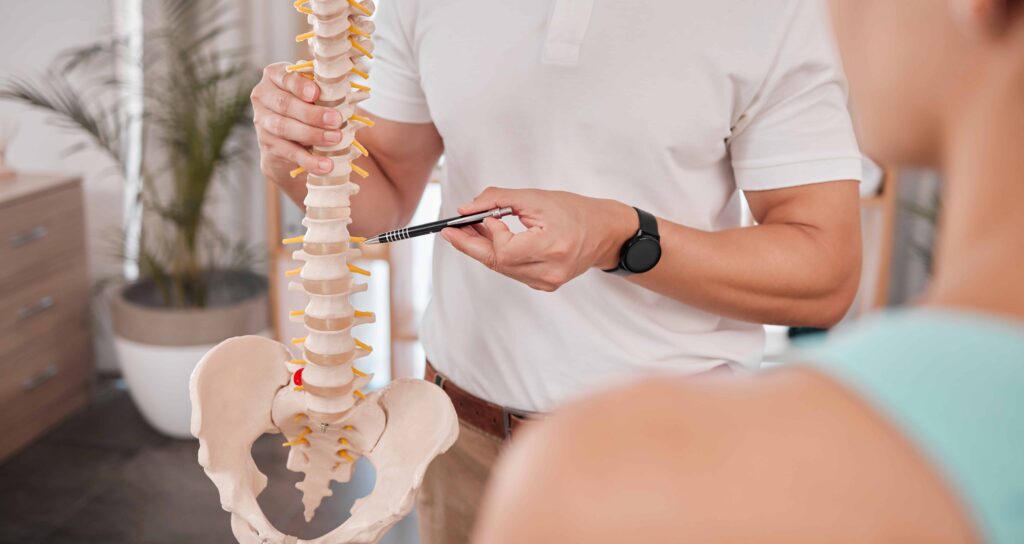
Traction Therapy is a comprehensive approach to spinal health that encompasses various traction techniques, including gravitational traction and positional distraction. These methods aim to stimulate disc health, relieve pain, and promote tissue degradation. Physical therapists often incorporate traction devices into their physical therapy programs to address spine-related pain, muscle tension, and muscle spasms.
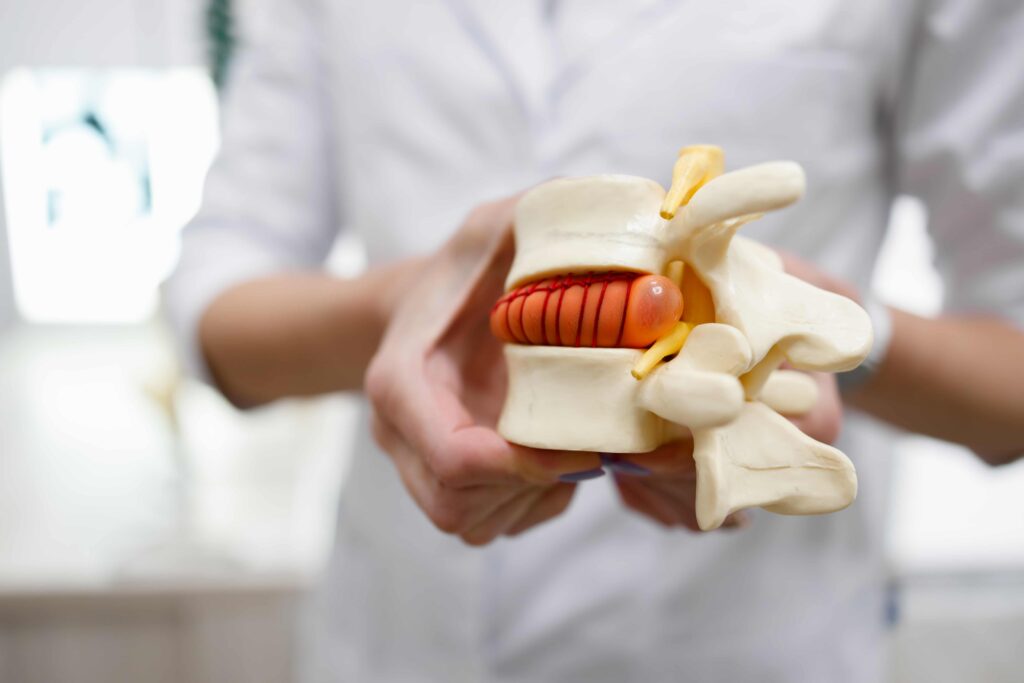
Decompression Therapy is a key component of traction spine approaches. By utilizing spinal decompression techniques, practitioners aim to create a negative pressure within the discs, allowing bulging or herniated material to retract. This process can significantly contribute to pain relief, joint repair, and tissue degradation in cases of disc herniation.
When considering traction spine therapy, the debate between Autotraction and Passive Traction arises. Autotraction involves the individual actively participating in the stretching process, potentially providing clinical benefit. Passive traction, on the other hand, relies on external forces and may involve the use of traction forces to achieve the same results.
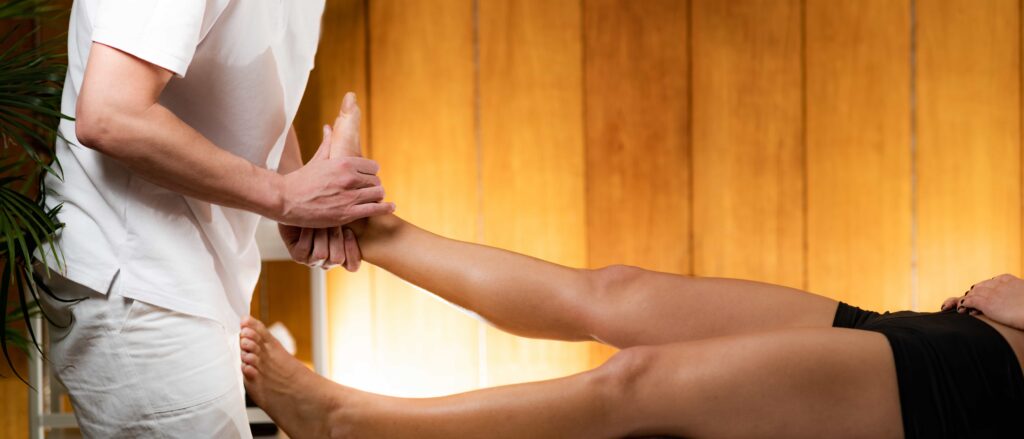
Traction Spine plays a crucial role in managing conditions like degenerative disc disease. By relieving pressure on the discs through traction therapy, individuals with this condition can experience enhanced mobility, reduced pain, and potentially slow down the progression of degeneration. While some studies in the European Spine Journal suggest possible clinical benefits, insufficient evidence exists to conclusively establish the efficacy of traction forces in all cases.
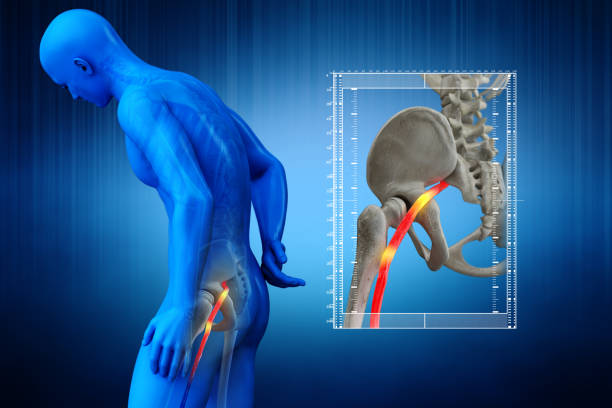
Pinched nerves, a common cause of back pain, can find respite through traction spine therapy. By creating space around compressed nerves, traction techniques contribute to pain relief, improved nerve function, and relief from associated symptoms such as leg pain and muscle spasms.
Clinical presentations of spine-related pain vary, prompting a nuanced approach to traction therapy. Traction forces employed can significantly improve outcomes, with physical therapists tailoring interventions based on individual needs. Whether addressing bulging discs, disc protrusion, or muscle spasms, the application of appropriate traction force is essential for positive results.
One of the key mechanisms behind traction spine therapy is its impact on intradiscal pressure. By creating a controlled environment that relieves pressure on the discs, traction contributes to pain relief and facilitates the natural healing process. This aspect is particularly crucial in cases of disc herniation and degenerated intervertebral discs.
Traction therapy not only targets the discs but also addresses muscle tension and soft tissue response. By alleviating pressure on nerves and promoting tissue degradation, traction spine techniques can effectively reduce muscle spasms and tension, providing a holistic approach to back pain management.
Lateral bending is another dimension in traction spine therapy, focusing on the natural movements of the spine. Techniques involving motion segment distraction aim to create space between vertebrae, potentially reducing pain associated with compression and enhancing overall spinal flexibility.

While the term tissue degradation may sound counterintuitive, in the context of traction spine therapy, it refers to a controlled and beneficial process. By promoting tissue degradation in a controlled manner, traction contributes to healing, especially in cases where tissues may have become compromised due to chronic conditions or injuries.
The realm of traction spine therapy is continuously evolving, with ongoing research exploring its possible clinical benefits. While studies in journals such as the European Spine Journal provide valuable insights. Iit is essential to note that evidence can vary across conditions. Insufficient evidence exists in some cases, necessitating further research to establish the efficacy of specific traction techniques.

Gravitational traction is a natural force that plays a role in our daily lives, affecting the spine. Traction spine therapy harnesses this force to create a controlled environment for healing. Additionally, autotraction emphasizes the individual’s active participation in the process, potentially offering a more personalized and targeted approach to pain relief.
The use of traction devices is integral to many traction spine therapies. These devices come in various forms, from sophisticated machines used in clinical settings to simple devices designed for home use. Incorporating these devices into a physical therapy program. Can enhance the effectiveness of traction therapy in relieving back pain and promoting spinal health.
The concept of body weight plays a role in certain traction spine techniques, especially those involving autotraction. By leveraging the individual’s body weight, traction therapy can create a controlled stretch, relieving pressure on discs and nerves. Positional distraction techniques further contribute to pain relief by adjusting the position of the spine to alleviate compression.
At the core of traction spine therapy is its ability to relieve pressure on the spine. This is particularly relevant in cases of disc protrusion, where the material inside a disc pushes against its outer layer. Traction techniques aim to create space, allowing the protruded material to retract and reducing the associated pain.
Beyond pain relief, traction spine therapy has implications for joint repair. By addressing issues at the motion segment level, where adjacent vertebrae interact, traction contributes to the restoration of joint function. This can be especially beneficial for individuals dealing with chronic conditions that impact joint mobility.
The emphasis on autotraction highlights the role of the individual in their healing process. By actively participating in traction spine therapy, individuals may experience a sense of control over their treatment, potentially enhancing outcomes. This patient-centered approach aligns with the holistic nature of many traction techniques.
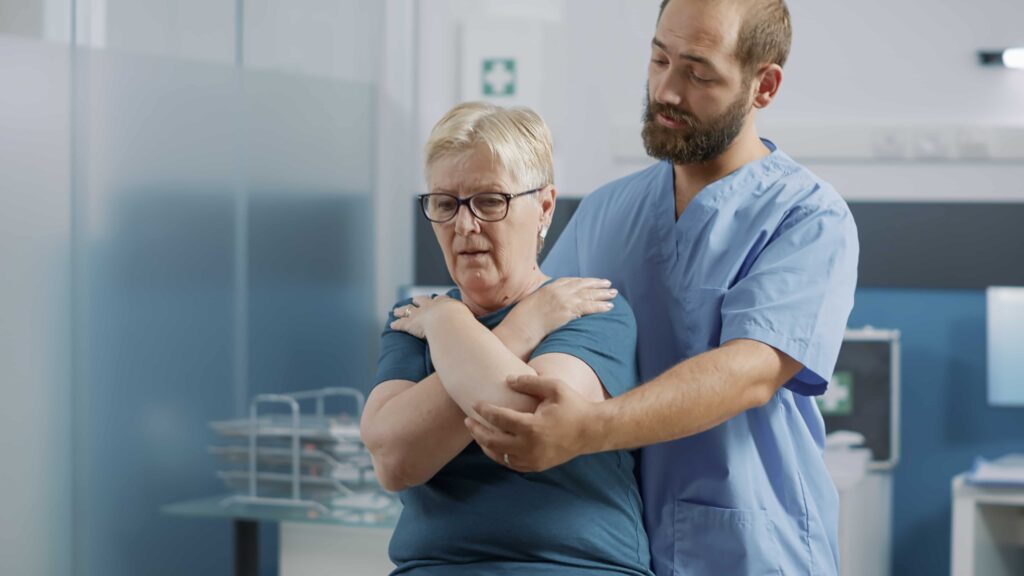
While traction spine therapy shows promise in various clinical presentations, it is crucial to acknowledge areas where insufficient evidence exists. Not all conditions may respond uniformly to traction forces, necessitating a cautious and individualized approach. Continued research is essential to refine and expand our understanding of the therapeutic benefits of traction.
One intriguing aspect of traction spine therapy is that while the force applied may be the same, the outcomes can vary.?This is based on individual factors, such as the nature of the condition, the patient’s overall health, and the appropriateness of the chosen traction technique.? All contribute to the diverse results observed in clinical practice.
In cases of disc protrusion, where a portion of the disc extends beyond its normal boundaries. Traction spine therapy can be particularly beneficial. Positional distraction techniques aim to subtly shift the position of the spine, contributing to the retraction of the protruded material and potentially relieving associated pain.
Maintaining motion segment integrity is a key consideration in traction spine therapy. This involves ensuring the natural movements and alignment of adjacent vertebrae. Traction techniques that promote controlled stretching and decompression contribute to preserving motion segment integrity, fostering overall spinal health.
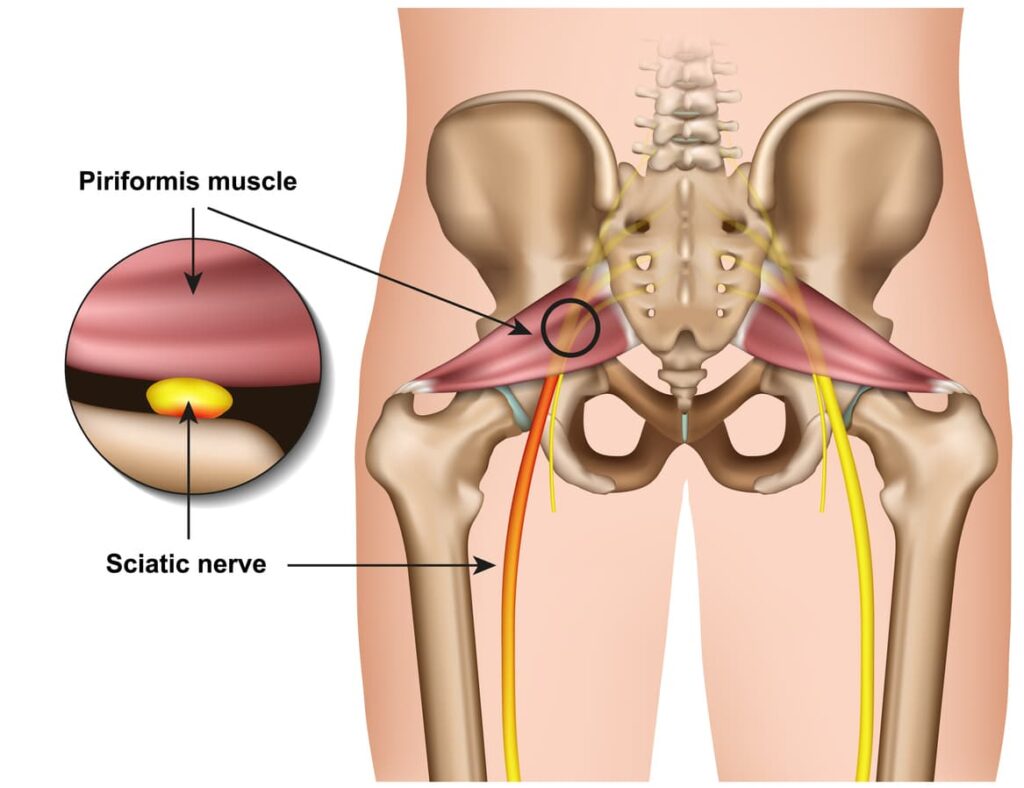
Leg pain, often associated with conditions like lumbar disc herniation, can find resolution through traction spine therapy. By relieving pressure on nerves and addressing the root cause of the pain. Traction techniques contribute to improved nerve function and a reduction in symptoms extending down the legs.
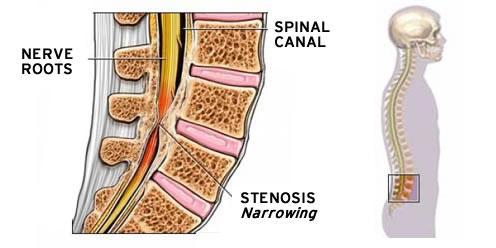
Muscle spasms and tension often accompany spine-related pain. Traction spine therapy, by alleviating pressure on nerves and promoting tissue degradation in a controlled manner, addresses these secondary issues. Reduction in muscle spasms and tension contributes to a more comprehensive and lasting relief from back pain.
Soft tissues surrounding the spine respond dynamically to traction therapy. The controlled stretching and decompression provided by traction techniques promote a positive soft tissue response. This response is essential for not only pain relief but also for fostering long-term spinal health and mobility.
The stimulation of discs is a fundamental aspect of traction spine therapy. Techniques that stimulate disc health also impact the disc-nerve interface, addressing the intricate relationship between spinal discs and the nerves they interact with. This dual focus is crucial for comprehensive pain relief and overall spinal well-being.
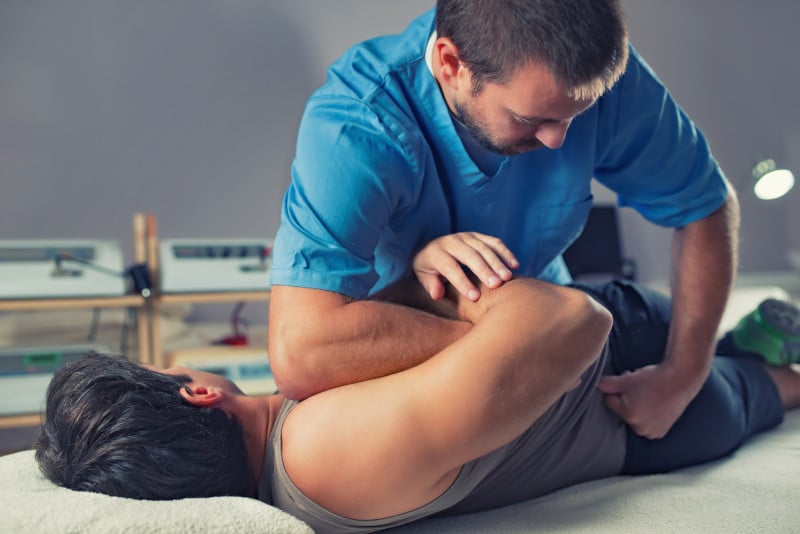
Distraction manipulation is a technique within traction spine therapy that involves the controlled separation of vertebrae. This process, often guided by a skilled practitioner, contributes to the relief of pressure on discs and nerves. The mechanism behind distraction manipulation aligns with the broader goals of traction therapy.
In a clinical setting, traction spine therapy has diverse applications. From addressing bulging discs to managing disc herniation and muscle spasms, the versatility of traction techniques allows for a tailored approach. When integrated into a comprehensive treatment plan, traction spine therapy can significantly improve outcomes for individuals dealing with various spine-related conditions.
In the journey to combat back pain and related spinal issues, traction spine therapy emerges as a promising and multifaceted avenue. Whether through lumbar traction, decompression therapy, or autotraction. The goal remains consistent: to alleviate pressure, stimulate disc health, and provide much-needed pain relief. As research and technology continue to advance, traction spine therapies are positioned as valuable tools in the comprehensive approach to spinal health and well-being, offering hope for those seeking relief from lumbar pain and associated conditions. From the intricacies of autotraction to the broader applications of traction forces, the evolving landscape of traction spine therapy holds promise for the future of spinal health.
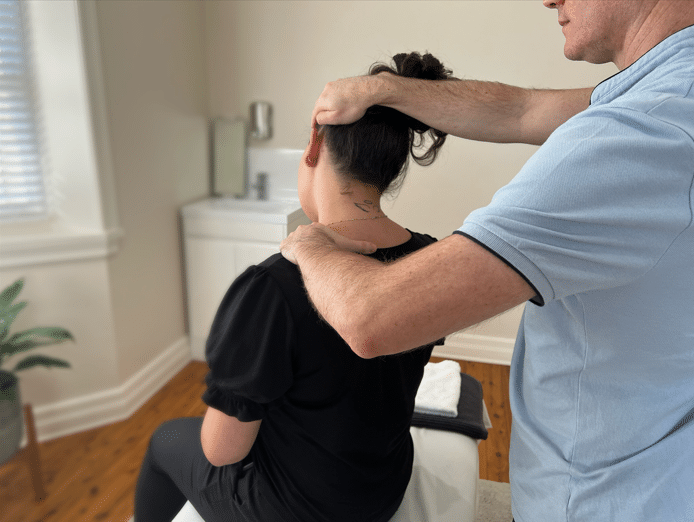
Forest Lodge, Annandale, Glebe, Leichhardt, Balmain, Haberfield, Canada Bay, Rozelle, Rodd Point, Wareemba, Stanmore, Petersham, Lilyfield, Hunters Hill, Enfield, Cabarita, Mortlake, Rhodes, Burwood Heights, Birchgrove, Gladesville, Huntleys Point, Abbotsford, Ashfield, Croydon Park, Croydon, Chiswick, Russell Lea, Burwood, Strathfield, Concord, Drummoyne, North Strathfield, Liberty Grove, Dulwich Hill, Lewisham, Camperdown, Ashbury, Homebush, Homebush West, Woolwich, Henley, Summer Hill, Sydney Olympic Park

About
Five Dock Osteopathic & Chiropractic is located in Canada Bay, in Sydney’s Inner West. Servicing suburbs including Burwood, Croydon, Drummoyne, Five Dock, Haberfield, Concord, Abbotsford, Chiswick, Leichhardt, Wareemba, Russell Lea, Summer Hill, Strathfield.
Clinic hours
Monday, Tuesday, Thursday 7AM – 7PM
Wednesday, Friday 7AM – 6PM
Saturday 7AM – 2PM
Sunday 8AM – 2PM
Contact details